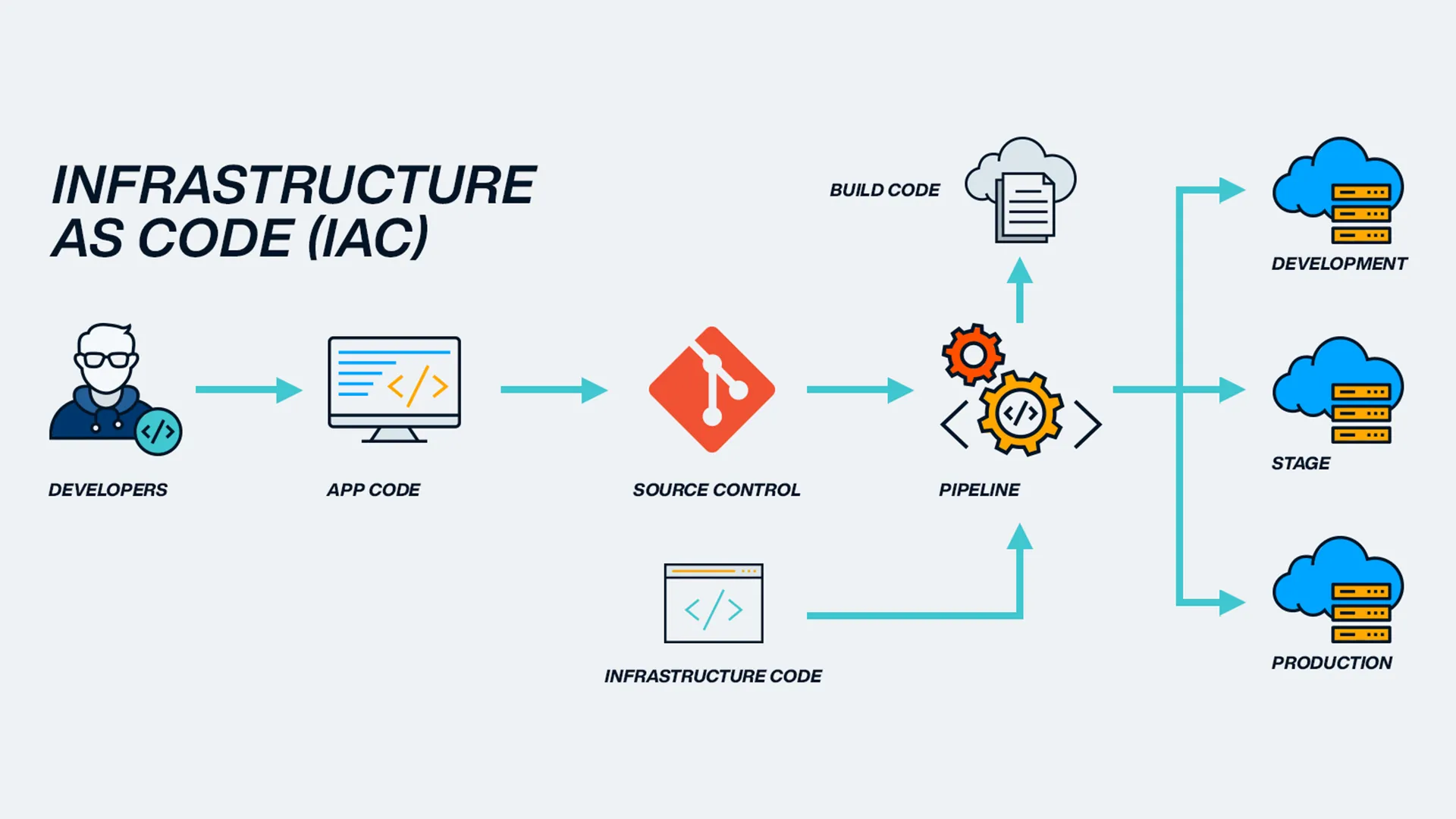Infrastructure as Code: What is IaaC? The Future of IT Operations

Have you ever wondered how huge companies manage all their computer servers and networks without going crazy? One big secret is something called Infrastructure as Code (IaC). It's a fancy term, but it's all about using code to automate the setup and management of computer systems. Let's dive into what Infrastructure as Code is, how it works, and why it's the future of IT operations.
What is Infrastructure as Code (IaC)?
Imagine if you could write a recipe for setting up a computer system, just like you would write a recipe for baking a cake. That's essentially what Infrastructure as Code is. Instead of manually setting up servers, networks, and other IT resources, you write code that describes how everything should be configured. This code is then used to automatically provision and manage the infrastructure.
How Does it Work?
Infrastructure as Code relies on a few key concepts:
- Declarative Language: IaC uses a declarative language, which means you tell the system what you want, and it figures out how to make it happen. For example, you might say, "I want a server with these specifications," and the system will create it accordingly.
- Version Control: Just like with software code, IaC code is stored in version control systems like Git. This allows teams to track changes, collaborate, and roll back to previous versions if needed.
- Automation: The real magic of IaC is automation. Once you write the code that describes your infrastructure, tools like Terraform or Ansible can automatically deploy and manage it for you.
Why is IaC the Future of IT Operations?
Infrastructure as Code offers several benefits that make it a game-changer for IT operations:
- Speed and Efficiency: With IaC, you can spin up new servers, networks, and other resources in minutes, rather than hours or days. This makes it much faster to respond to changing business needs or scale up your operations.
- Consistency and Reliability: Since the infrastructure is defined in code, there's less room for error and inconsistency. You can be confident that each environment is set up exactly the same way every time.
- Scalability: IaC makes it easy to scale your infrastructure up or down as needed. Whether you're adding new servers to handle increased traffic or shutting down unused resources to save costs, it can all be done with a few lines of code.
- Cost Savings: By automating the management of your infrastructure, you can reduce the need for manual intervention and lower operational costs.
Infrastructure as Code is transforming the way IT operations are managed. By treating infrastructure as code and automating its setup and management, organizations can increase speed, consistency, and scalability while reducing costs and minimizing errors. As technology continues to evolve, IaC will undoubtedly play an increasingly important role in the future of IT operations.
